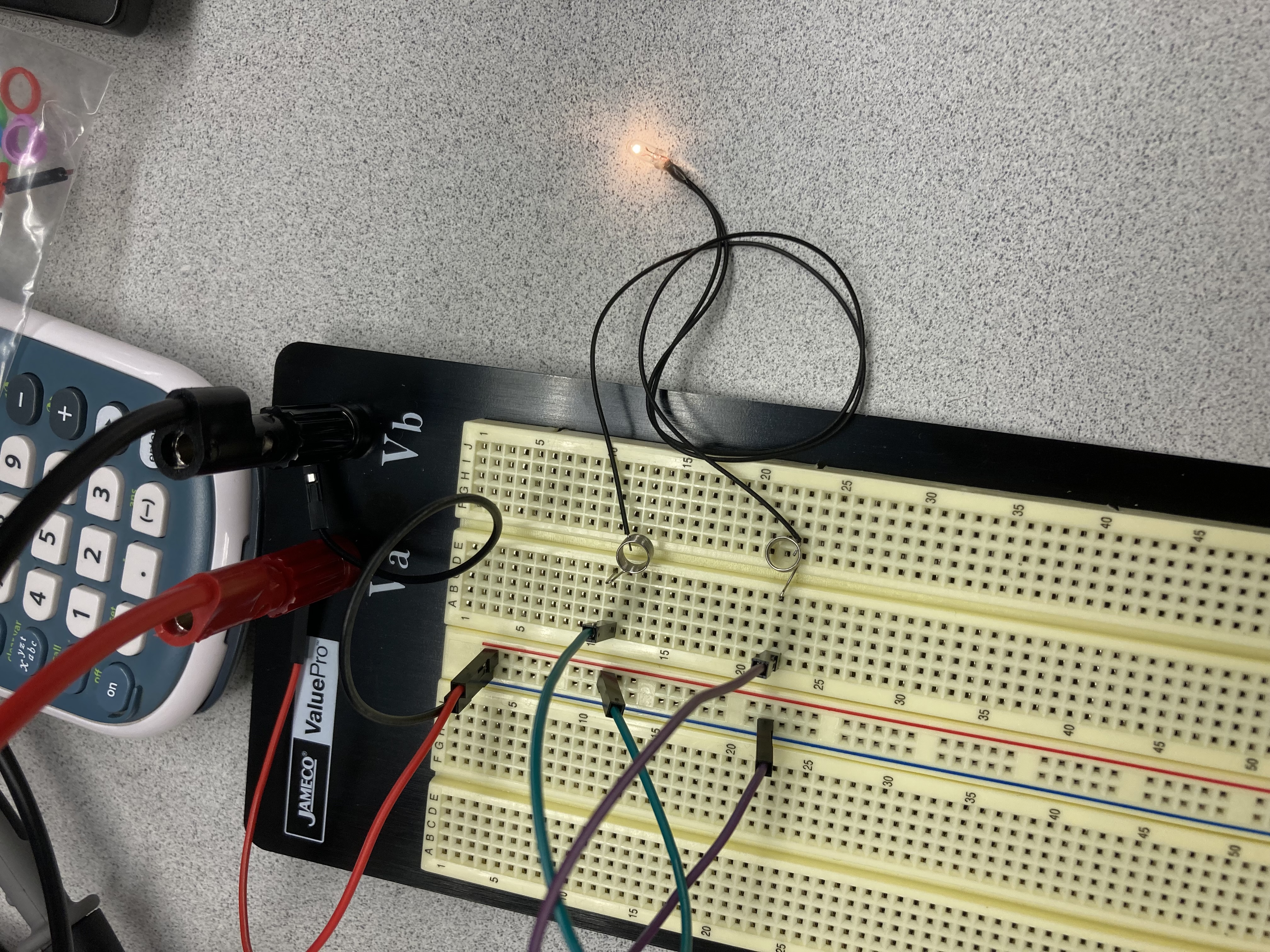Proving Kirchhoff's Voltage and Current Laws

Proving Kirchhoff's Voltage and Current Laws
In this lab we are tasked with experimentally proving Kirchhoff’s Voltage Law (KVL) and Kirchhoff’s Current Law (KCL) through building circuits with resistors in different configurations on our breadboard and use DC power supplies and digital multimeters (DMMs) to collect data so we can mathematically prove the validity of these laws and other electronic circuit analysis concepts.
Objectives, Learning Goals, Expected Outcomes:
- Prove Kirchhoff’s Voltage Law (KVL) and Kirchhoff’s Current Law (KCL) with resistors in a circuit
- Measure and compare resistor values with experimental data to explore deviations.
- Prove that power is conserved across the circuit.
- Analyze differential and common-mode voltages in Wheatstone Bridge circuits.
- Investigate non-linear resistance in an incandescent lamp.
This lab provided a thorough understanding of important circuit principles, from verifying KVL and KCL to understanding non-linear resistances. By conducting hands-on experiments, we were able to confirm theoretical predictions and observe real-world factors like non-idealities and measurement discrepancies. Key takeaways include an improved grasp of differential circuits, the importance of resistor tolerances, and the effects of temperature on non-linear elements.